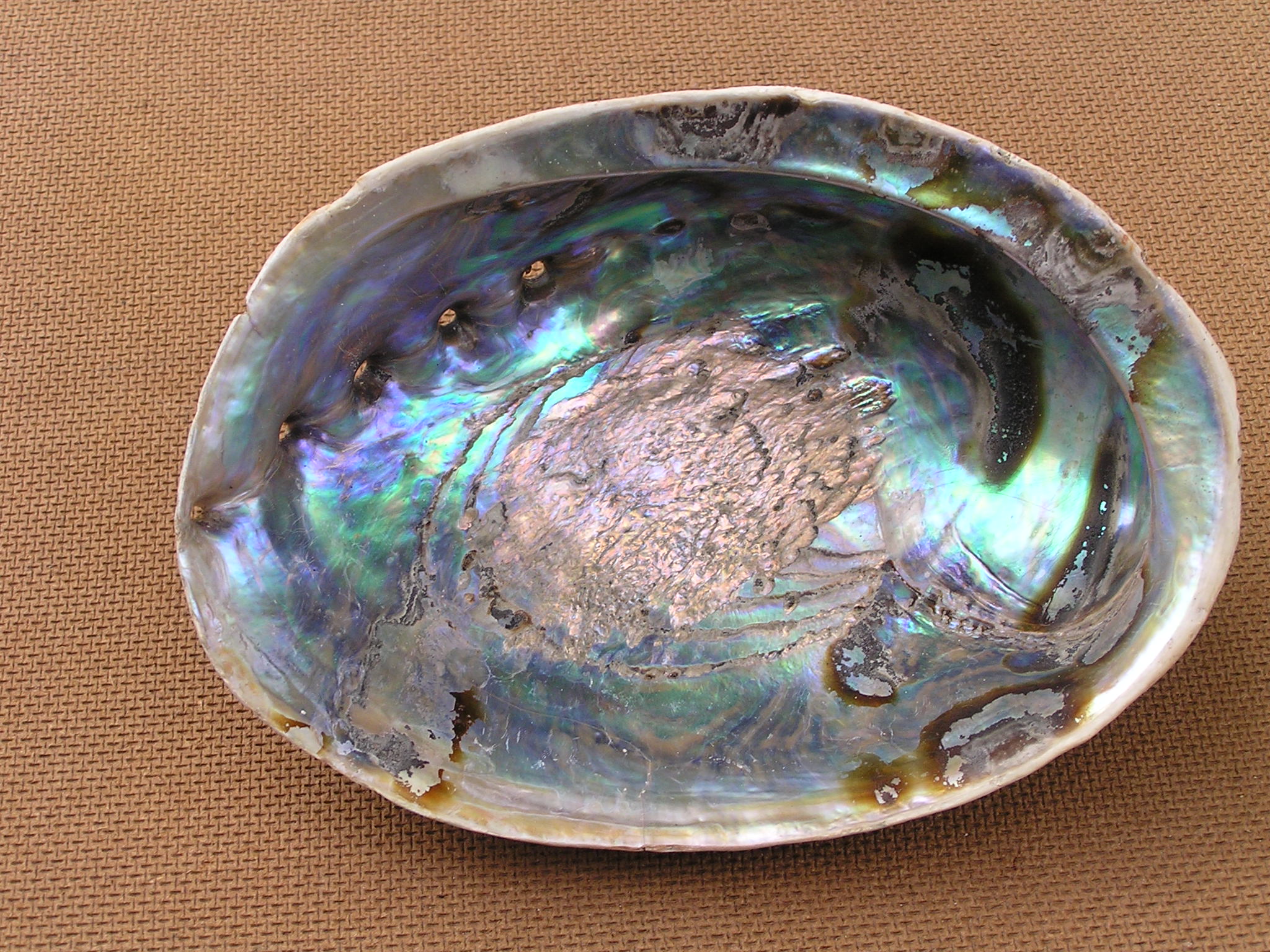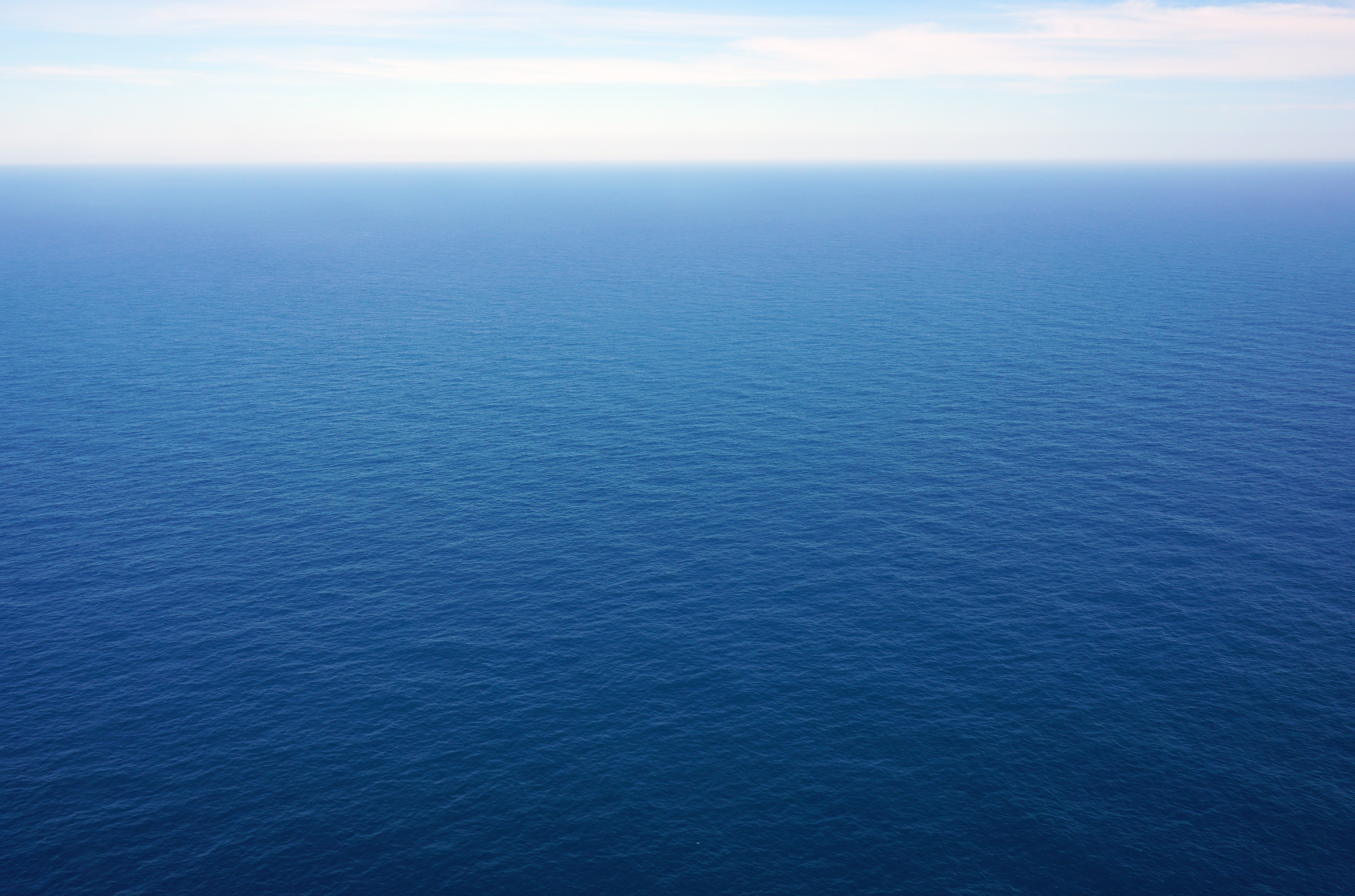|
Pōhā
Pōhā are traditional bags used by the Māori people of New Zealand made from southern bull kelp, which are used to carry and store food and fresh water, to propagate live shellfish, and to make clothing and equipment for sports. Pōhā are especially associated with Ngāi Tahu, who have legally recognised rights for harvesting source species of kelp. Construction Blades from southern bull kelp (rimurapa in Māori) species such as ''Durvillaea antarctica'' and '' D. poha'' (named after the pōhā) were used to construct the bags. The kelp blades have a 'honeycomb' structure,Maggy WassilieffSeaweed - Bull kelp’s honeycombed structure ''Te Ara - the Encyclopedia of New Zealand'', Ministry of Culture and Heritage. Updated 2 March 2009. Retrieved 9 March 2010. which allows them to be split open, hollowed out (pōhā hau) and inflated into containers. Inflated blades are hung out to dry and then deflated and rolled up for transport. Tōtara bark can be used to cover and protect th ... [...More Info...] [...Related Items...] OR: [Wikipedia] [Google] [Baidu] |
Durvillaea Poha
''Durvillaea poha'' is a large, robust species of southern bull kelp found in New Zealand. Discovery The species was previously classified as the "cape" lineage of ''Durvillaea antarctica'' but in 2012 it was recognised as a distinct species due to consistent genetic, morphological and ecological differences. In southern New Zealand, ''D. poha'' and ''D. antarctica'' frequently grow next to one another, although ''D. poha'' normally grows higher up or further back on rock platforms, or in more sheltered bays, where wave force is weaker. ''D. poha'' generally has wider fronds than ''D. antarctica'', and can appear more 'orange' across the frond area. Mitochondrial introgression has been observed between the two species, where some plants in Wellington exhibited the nuclear DNA of ''D. poha'' but also mitochondrial DNA belonging to ''D. antarctica''. Etymology The specific epithet is from pōhā, storage bags made by Māori out of kelp fronds. Description The species has wide, ... [...More Info...] [...Related Items...] OR: [Wikipedia] [Google] [Baidu] |
Durvillaea
''Durvillaea'' is a genus of large brown algae in the monotypic family Durvillaeaceae. All members of the genus are found in the southern hemisphere, including Australia, New Zealand, South America, and various subantarctic islands. ''Durvillaea'', commonly known as southern bull kelps, occur on rocky, wave-exposed shorelines and provide a habitat for numerous intertidal organisms. Many species exhibit a honeycomb-like structure in their fronds that provides buoyancy, which allows individuals detached from substrates to raft alive at sea, permitting dispersal for hundreds of days over thousands of kilometres. ''Durvillaea'' species have been used for clothing, tools and as a food source by many indigenous cultures throughout the South Pacific, and they continue to play a prominent role in Chilean cuisine. Common name and etymology The common name for ''Durvillaea'' is southern bull kelp. This is often shortened to bull kelp, which can generate confusion with the North Pacific ke ... [...More Info...] [...Related Items...] OR: [Wikipedia] [Google] [Baidu] |
Durvillaea Antarctica
''Durvillaea antarctica'', also known as ' and ', is a large, robust species of southern bull kelp found on the coasts of Chile, southern New Zealand, and Macquarie Island.Smith, J.M.B. and Bayliss-Smith, T.P. (1998). Kelp-plucking: coastal erosion facilitated by bull-kelp ''Durvillaea antarctica'' at subantarctic Macquarie Island, ''Antarctic Science'' 10 (4), 431–438. . ''D. antarctica'', an alga, does not have air bladders, but floats due to a unique honeycomb structure within the alga's blades, which also helps the kelp avoid being damaged by the strong waves.Maggy WassilieffSeaweed - Bull kelp’s honeycombed structure ''Te Ara - the Encyclopedia of New Zealand'', Ministry of Culture and Heritage. Updated 2 March 2009. Retrieved 9 March 2010. Taxonomy The species was first described in 1822, as ''Fucus antarcticus'', and revised in 1892 as ''Durvillaea antarctica''. The genus name ''Durvillaea'' was given in memory of the French explorer Jules Dumont d'Urville, while the ... [...More Info...] [...Related Items...] OR: [Wikipedia] [Google] [Baidu] |
Landcare Research
Landcare may refer to: * Australian Landcare Council, a former Australian government body, superseded by the National Landcare Advisory Committee * Landcare Australia, an Australian community not-for-profit organisation, involving local volunteers repairing the natural environment *The landcare movement in Australia, begun by farmers in the 1960s * Manaaki Whenua – Landcare Research, a New Zealand Crown Research Institute whose focus of research is the environment, biodiversity, and sustainability. * National Landcare Program, Australian Government program providing funding for improving land management practices {{Disambig ... [...More Info...] [...Related Items...] OR: [Wikipedia] [Google] [Baidu] |
Surfing
Surfing is a surface water sport in which an individual, a surfer (or two in tandem surfing), uses a board to ride on the forward section, or face, of a moving wave of water, which usually carries the surfer towards the shore. Waves suitable for surfing are primarily found on ocean shores, but can also be found as standing waves in the open ocean, in lakes, in rivers in the form of a tidal bore, or wave pools. Surfing includes all forms of wave-riding using a board, regardless of the stance. There are several types of boards. The Moche of Peru would often surf on reed craft, while the native peoples of the Pacific surfed waves on alaia, paipo, and other such watercraft. Ancient cultures often surfed on their belly and knees, while modern-day surfing is most often ''stand-up surfing'', in which a surfer rides a wave while standing on a surfboard. Another prominent form of surfing is body boarding, where a surfer rides the wave on a bodyboard, either lying on thei ... [...More Info...] [...Related Items...] OR: [Wikipedia] [Google] [Baidu] |
Sooty Shearwater
The sooty shearwater (''Ardenna grisea'') is a medium-large shearwater in the seabird family Procellariidae. In New Zealand, it is also known by its Māori language, Māori name , and is harvested by Māori people for muttonbirding, muttonbird, like its relatives the wedge-tailed shearwater (''A. pacificus'') and the Australian short-tailed shearwater (''A. tenuirostris''). Taxonomy The sooty shearwater was species description, formally described in 1789 by the German naturalist Johann Friedrich Gmelin under the binomial name ''Procellaria grisea''. The shearwater had been briefly described in 1777 by James Cook in the account of his Second voyage of James Cook, second voyage to the Pacific, but without a valid scientific name; and also in 1785 the English ornithologist John Latham (ornithologist), John Latham had described a museum specimen, again without giving it a scientific name. The sooty shearwater is now placed in the genus ''Ardenna'', that was described in 1853 by Ludwig ... [...More Info...] [...Related Items...] OR: [Wikipedia] [Google] [Baidu] |
Pāua
Pāua is the Māori name given to four New Zealand species of large edible sea snails, marine gastropod molluscs which belong to the family Haliotidae (in which there is only one genus, ''Haliotis''). It is known in the United States and Australia as abalone, and in the United Kingdom as ormer shells. In New Zealand, these are known as , which (as is the case with nearly all Māori words) is both singular and plural. In New Zealand, its polished inner shell is widely utilised for jewellery and ornamentation. Species There are four species of New Zealand pāua: ''H. pirimoana'' is a small, recently described species endemic to Manawatāwhi / the Three Kings Islands that superficially resembles ''H. virginea''. Habitat Pāua are commonly found in shallow coastal waters along rocky shorelines in depths of 1 to 10 metres (3' to 30'). There is clear distinction between juvenile and adult habitats for '' Haliotis iris'', pāua less than 7 cm (3") occur in crevices and ... [...More Info...] [...Related Items...] OR: [Wikipedia] [Google] [Baidu] |
Sea Stars
A sea is a large body of salt water. There are particular seas and the sea. The sea commonly refers to the ocean, the interconnected body of seawaters that spans most of Earth. Particular seas are either marginal seas, second-order sections of the oceanic sea (e.g. the Mediterranean Sea), or certain large, nearly landlocked bodies of water. The salinity of water bodies varies widely, being lower near the surface and the mouths of large rivers and higher in the depths of the ocean; however, the relative proportions of dissolved salts vary little across the oceans. The most abundant solid dissolved in seawater is sodium chloride. The water also contains salts of magnesium, calcium, potassium, and mercury, among other elements, some in minute concentrations. A wide variety of organisms, including bacteria, protists, algae, plants, fungi, and animals live in various marine habitats and ecosystems throughout the seas. These range vertically from the sunlit surface and shor ... [...More Info...] [...Related Items...] OR: [Wikipedia] [Google] [Baidu] |
Paphies Ventricosa
''Paphies ventricosa'', or toheroa (a Māori word meaning "long tongue"), is a large bivalve mollusc of the family Mesodesmatidae, endemic to New Zealand. Distribution It is found in both the North and South Islands, but the main habitat is the west coast of the North Island. The best grounds are wide fine-sand beaches where there are extensive sand-dunes, enclosing freshwater, which percolates to the sea, there promoting the growth of diatoms and plankton. Description The toheroa is a very large shellfish with a solid white, elongated shell with the apex at the middle. Maximum length is 117 mm, height 81 mm, and thickness 38 mm. Human use Toheroa are a traditional food for Māori. Toheroa beds were resources that sometimes led to wars, and the shellfish was translocated across New Zealand using (kelp bags) made from southern bull kelp ('' Durvillaea poha''). The toheroa has long been a popular seafood, often made into a greenish soup. The soup became an inte ... [...More Info...] [...Related Items...] OR: [Wikipedia] [Google] [Baidu] |
Podocarpus Totara
''Podocarpus totara'' (), commonly known as the , is a species of podocarp tree endemic to New Zealand. It grows throughout the North Island, South Island and rarely on Stewart Island / Rakiura in lowland, montane and lower subalpine forest at elevations of up to . Tōtara is commonly found in lowland areas where the soil is fertile and well drained. Its Māori name comes from the Proto-Polynesian word *''tootara'' (related to the word ''tara'' lit. ' thorn') which when passed down to descendant languages refer to spiny creatures, especially the porcupinefish (''Diodon hystrix'') due to its spiky leaves. The spelling "totara" without the ''tohutō'' is also common in English. Description The tōtara is a medium to large tree, which grows slowly to around exceptionally to ; it is noted for its longevity and the great girth of its trunk. The bark peels off in papery flakes, with a purplish to golden brown hue. The sharp, dull-green, needle-like leaves are stiff and leathe ... [...More Info...] [...Related Items...] OR: [Wikipedia] [Google] [Baidu] |
Māori People
Māori () are the Indigenous peoples of Oceania, indigenous Polynesians, Polynesian people of mainland New Zealand. Māori originated with settlers from East Polynesia, who arrived in New Zealand in several waves of Māori migration canoes, canoe voyages between roughly 1320 and 1350. Over several centuries in isolation, these settlers developed Māori culture, a distinct culture, whose language, mythology, crafts, and performing arts evolved independently from those of other eastern Polynesian cultures. Some early Māori moved to the Chatham Islands, where their descendants became New Zealand's other indigenous Polynesian ethnic group, the Moriori. Early contact between Māori and Europeans, starting in the 18th century, ranged from beneficial trade to lethal violence; Māori actively adopted many technologies from the newcomers. With the signing of the Treaty of Waitangi, Treaty of Waitangi/Te Tiriti o Waitangi in 1840, the two cultures coexisted for a generation. Rising ten ... [...More Info...] [...Related Items...] OR: [Wikipedia] [Google] [Baidu] |




